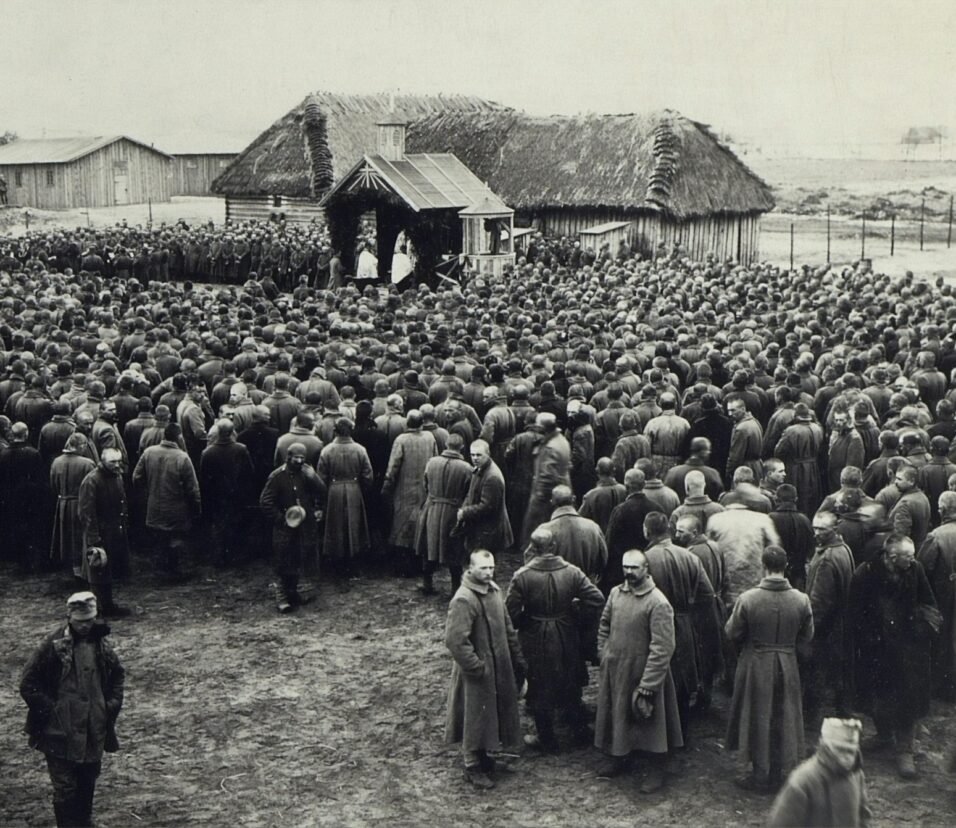Roaring 20’s Culture
Introduction
The 1920s, often referred to as the “Roaring Twenties,” was a transformative period in American history, full of excitement, danger, fun, and suspense. With the end of World War I in 1918, society was ripe for change. This decade saw a post-war economic boom, unprecedented cultural revolutions, and the birth of a modern nation. The optimism and hope of this period led to cultural shifts that still resonate today.
Jazz and the Birth of a New Sound
The 1920s are synonymous with jazz. A mixture of ragtime, blues, and brass band music, jazz became the soundtrack of the times. Born in the Southern United States, particularly New Orleans, jazz rapidly spread to urban centers.
- Harlem Renaissance: Harlem, New York, became a hub of African-American culture. Jazz clubs like the Cotton Club showcased artists such as Duke Ellington and Louis Armstrong. The soulful tunes, improvisational elements, and racy rhythms broke barriers and became a communal experience, uniting people of different backgrounds.
Flappers and a New Woman
The ‘flapper‘ epitomized the new breed of women. Short bobbed or shingled hair, short skirts, and a liberated attitude were the hallmarks of this new woman.
- Pushing Boundaries: With women earning the right to vote in 1920, the traditional notions of femininity were challenged. The flapper’s blatant sexuality, daring fashion, and open disdain for what was then considered ‘acceptable behavior’ were both scandalous and liberating.
Film and Entertainment Evolution
Movies became a dominant art form and a significant leisure activity. Hollywood’s influence grew, and films transitioned from silent to sound.
- Silent to Sound: The late 1920s saw the advent of the “talkies,” films with sound. Icons like Charlie Chaplin initially struggled with the transition, but new stars, including the sultry-voiced Mae West and the charismatic Clark Gable, arose.
Prohibition and the Speakeasy Culture
The 18th Amendment led to the prohibition of alcohol in 1919. However, rather than sobering up the nation, it spurred underground bars called speakeasies and a spike in organized crime.
- The Rise of the Mob: Figures like Al Capone emerged, capitalizing on the nation’s insatiable thirst. They supplied the illicit booze, ran the hidden bars, and often engaged in violent turf wars.
Literary Flourishing
The Roaring Twenties also gave birth to a slew of literary masterpieces. Writers explored themes from the mundane to the profound, capturing the essence of the age.
- Notable Works: F. Scott Fitzgerald’s “The Great Gatsby” immortalized the opulence and emptiness of the era. Meanwhile, Ernest Hemingway, with works like “The Sun Also Rises,” depicted the disillusionment of the “Lost Generation.”
Economic Prosperity to the Great Depression
While the majority of the 1920s saw economic growth and prosperity, it culminated in the Wall Street Crash of 1929, leading to the Great Depression.
- Bubble and Burst: Stock market speculation and widespread optimism fueled an economic bubble. However, when reality hit, and the bubble burst, the Roaring Twenties’ glamor ended, making way for an era of economic hardship.
Art Deco and Architectural Wonders
The Roaring Twenties wasn’t just about music, literature, and parties. The world of architecture and design underwent revolutionary changes, too.
- Skyscrapers and Design: The Chrysler Building and the Empire State Building rose, defining the New York skyline. Art Deco, characterized by rich colors, bold geometric shapes, and lavish ornamentation, became the decade’s defining design movement.
Sports and Heroes
The 1920s were a golden age for sports, with baseball at the forefront. Athletes became larger-than-life heroes, embodying the era’s spirit.
- Babe Ruth and More: Babe Ruth became a baseball legend, while Jack Dempsey dominated boxing. Their achievements and personalities captivated the nation, giving people heroes to cheer for and look up to.
Technology and Its Impact
The 1920s were a decade of significant technological advancements that changed the daily lives of Americans.
- Radio Revolution: Radio burst onto the scene, connecting rural homes with urban centers and bringing news, music, and entertainment directly into living rooms. The accessibility of radio reduced regional isolation and played a central role in the homogenization of culture and accent.
- Automobiles on the Rise: The Model T Ford, an affordable car for the masses, revolutionized transport. Cities grew, and suburbia began to take shape. The car empowered the average American, offering unprecedented freedom and mobility.
Changing Family Dynamics
The 1920s witnessed the evolution of family life and values.
- Urbanization: As more people moved to cities in search of work and a better life, the close-knit extended family structure of the rural areas began to fragment. Nuclear families became the norm in urban settings.
- Birth Control: Margaret Sanger pioneered birth control.
Conclusion
The Roaring Twenties was an age of paradoxes. It was a time of joy, cultural blossoming, and economic prosperity, but also of underlying social tensions, racial disparities, and economic vulnerabilities. Its legacy is one of vibrant cultural change and the sobering reality of excess. As we look back on this era, we find many parallels to our times, making the Roaring Twenties not just a historical period but also a lens through which we can view our contemporary world.







